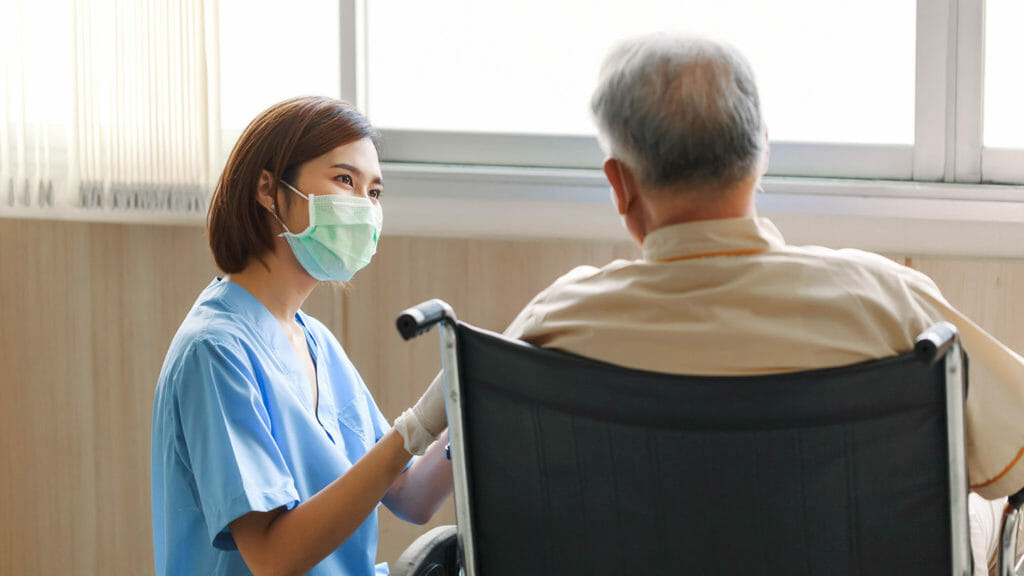
Providers, patients and policymakers should better incorporate informal caregivers into skilled nursing facilities to enhance professional caregivers’ capabilities and efficiencies, according to University of Pennsylvania researchers.
Family members and other caregivers who support community-dwelling seniors with multiple activities could be used to lessen the blow of severe staffing shortages providers have faced during the pandemic, they said in a paper published in Health Affairs Tuesday.
“Unmet need likely increased during the pandemic because of worsening staffing shortages and visitor bans restricting informal caregiving,” wrote authors Norma B. Coe and Rachel M. Werner. “Together, this is suggestive evidence that nursing homes and residential care facilities might not be staffed or equipped to provide all of the care required.”
Acknowledging the decrease in case for some residents amid COVID-19-related quarantines and federal visitation restrictions, many states moved over the last year to increase “essential” caregivers’ access to nursing homes. Lawmakers have emphasized the need for caregivers to provide emotional support, as well as assistance with daily chores ranging from hygiene to hand-feeding.
In Coe and Werner’s investigation, using data from the 2016 Health and Retirement study and 2015 National Health and Aging Trends study, nursing home and residential care facility residents needed the most help with household activities, mobility needs and self-care — with more than half of nursing home residents receiving informal care across all three activities.
Researchers found that 75% of nursing home residents needing help with mobility had those needs met by informal care providers.
Self-care needs, including help with eating, bathing, using the toilet and dress, existed for 80% of nursing home residents. Assistance with these tasks from informal caregivers was high among nursing home residents, with 76% saying they needed help from informal caregivers with these tasks, findings showed.
Investigators said that the typically high prevalence of informal caregiving in nursing homes could be one explanation for the discrepancy between the perceived nursing home staffing shortages and recent findings that staff time per patient was stable during the pandemic.
“If staff members were expected to absorb the care tasks that had previously been provided by family members, their workload could have increased dramatically,” Coe and Werner wrote. “Staff members might have also needed to provide help with teleconferencing with family, friends, or medical care providers during the pandemic, as the majority of residents needed assistance with traditional telephone use in non-pandemic times and informal caregivers often provided that help.”
They added that the findings could mean facilities aren’t staffed or equipped enough to provide all of the care required. They suggested family caregivers could be integrated into a resident’s care team in several ways, including through formal training and the adoption of more explicit integrated care models in which formal and informal care providers cooperate.
“This invisible workforce provides considerable front-line work for residents,” they concluded. “Policies and practices that incorporate informal caregivers into the care delivery system could benefit care recipients, caregivers and staff members in residential facilities and nursing homes.”
Full findings can be found in the January edition of Health Affairs.





